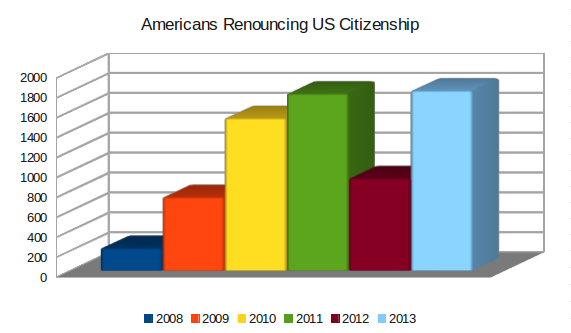Why Is Higher Education so Expensive?
One of the first principles that any student of economics learns – or should learn – is that when you subsidize something, you get more of it. While they often fall short on understanding other principles of economics, liberals sort of understand this one. They reasoned, “If you get more of something when you subsidize it, then subsidizing college education will create more of it.” Toward this end, they created student loan programs to help people attend college and earn four year degrees.
What liberals failed to realize is that these programs did not and do not subsidize college education. Instead, they subsidize the cost of college education. That’s a critical distinction.
Subsidies of higher education take their form in government spending on universities themselves, funding that is not attached to any particular students. Whether this makes for good policy is a separate discussion, but the point is that grants and loans to students do not subsidize the education itself but rather its cost. Student loans and grants, by subsidizing the costs of that education, drive it up.
“The basic problem is simple: Give everyone $100 to pay for higher education and colleges will raise their prices by $100, negating the value of the aid. And inflation-adjusted aid–most of it federal–has certainly gone up, ballooning from $4,602 per undergraduate in 1990-91 to $12,455 in 2010-11.” – Cato Institute Economist Neal McCluskey writing for U.S. News & World Report in April 2012
While public institutions, as well as many non-public ones, claim to be non-profits, it is not in their nature to turn down money. To the contrary, the primary job of a university president is to raise money. Because there is nobody with a financial interest in having universities spend less, the universities themselves must find ways to spend this new money. Among the many ways that they do this are by providing low-demand majors, graduate education, research, much of which is unnecessary, fewer classes per instructor, and increased pay for instructors.
When, God forbid, anyone suggests cuts to government funding to universities, the institutions themselves then decry such cuts, talking about having to decrease often inflated instructor salaries and potentially having to give up such meaningful classes as Phallus and Queer Musicology. Of course, the more savvy universities will often talk more about cuts to other programs rather than these. To compensate for such cuts, they say, universities increase tuition and other fees. In response, the government increases subsidies. It’s a never ending cycle.
Unraveling the mess that has become of subsidies for higher education costs will take time. While fundamental changes are likely to take time, the most basic solution at this point would be to freeze funding for student loans and grants as well as direct state spending on education at their current levels. When those freezes go into place and, shockingly to some, people continue going to college, it may be easier to explain how starting to decrease the subsidies could lead to universities making adjustments to their own cost structures.







